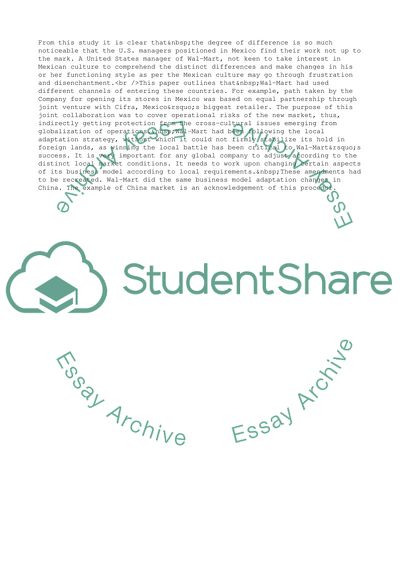Cite this document
(“Wal-Mart and Cross-Cultural Perspectives Essay Example | Topics and Well Written Essays - 1250 words”, n.d.)
Retrieved from https://studentshare.org/business/1656734-cross-cultural-perspectives
Retrieved from https://studentshare.org/business/1656734-cross-cultural-perspectives
(Wal-Mart and Cross-Cultural Perspectives Essay Example | Topics and Well Written Essays - 1250 Words)
https://studentshare.org/business/1656734-cross-cultural-perspectives.
https://studentshare.org/business/1656734-cross-cultural-perspectives.
“Wal-Mart and Cross-Cultural Perspectives Essay Example | Topics and Well Written Essays - 1250 Words”, n.d. https://studentshare.org/business/1656734-cross-cultural-perspectives.


